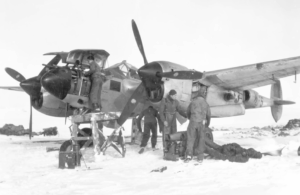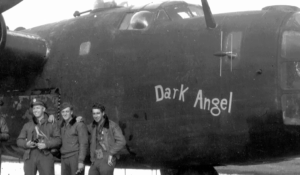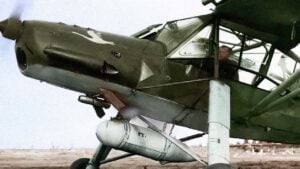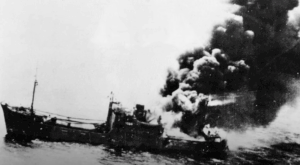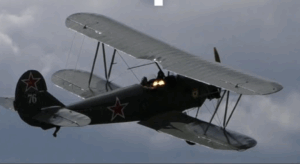French Rafale “Shoots Down” American F-35, F-15E and Finnish Hornet
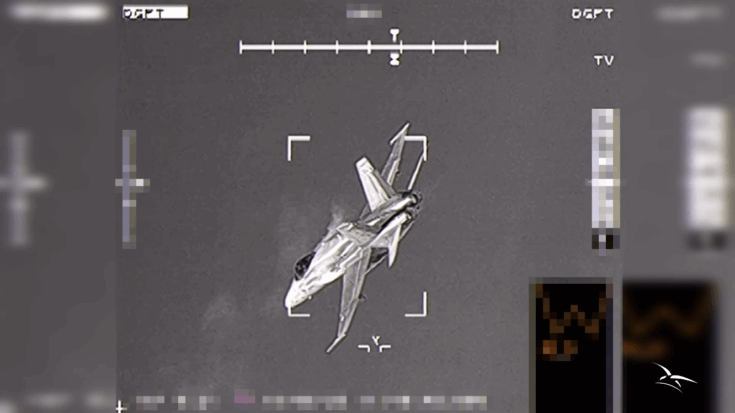
YouTube / Armée de l'Air et de l'Espace
A recent NATO exercise has set aviation circles buzzing, with headlines claiming that France’s Dassault Rafale “shot down” a U.S. F-35 Lightning II. While the story makes for eye-catching news, the reality is far more nuanced.
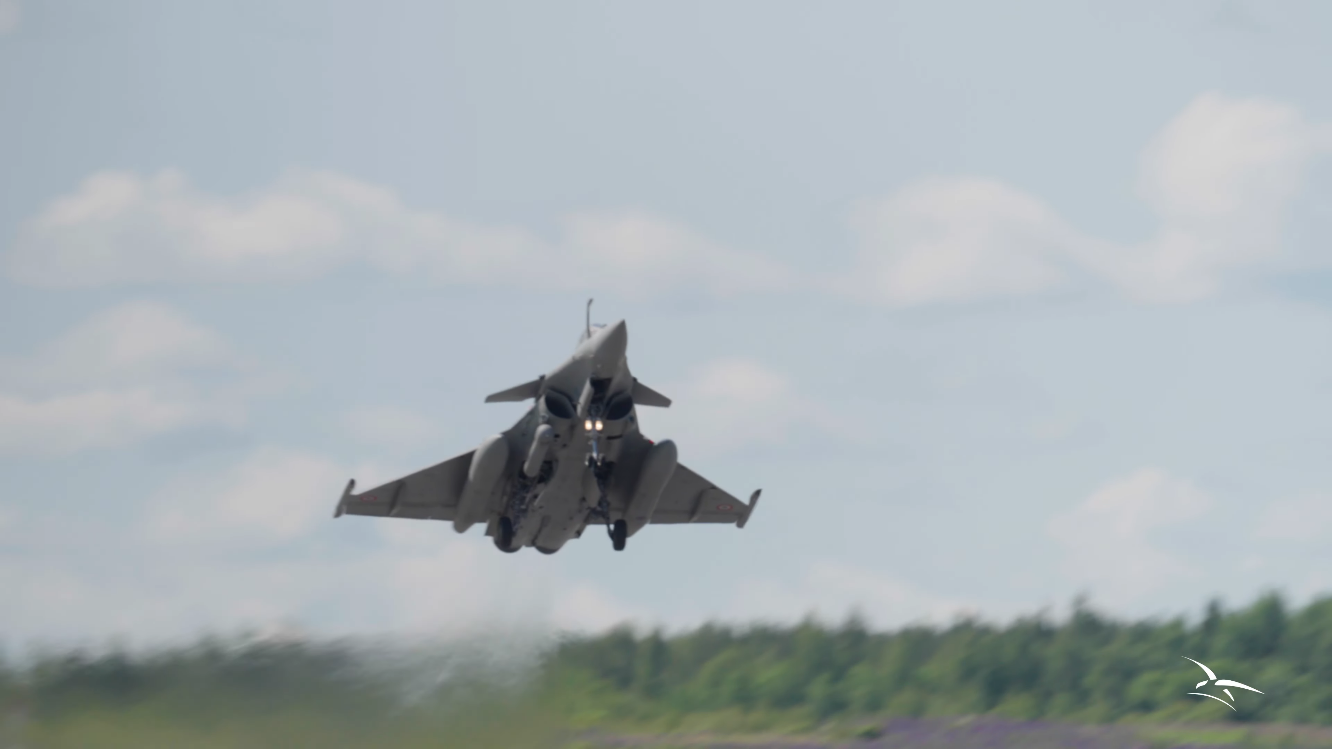
The Exercise
The encounter took place during Atlantic Trident 25, held in Finland from June 16–27, 2025. The exercise brought together over 40 aircraft and 1,000 personnel from France, the U.S., the U.K., and Finland. For the first time, Finland hosted the event, showcasing its role as NATO’s newest frontline member.
In a video shared by the French Air and Space Force on August 20, a Rafale was seen symbolically downing not just an F-35, but also a U.S. F-15E and a Finnish F/A-18 in close-range dogfights.
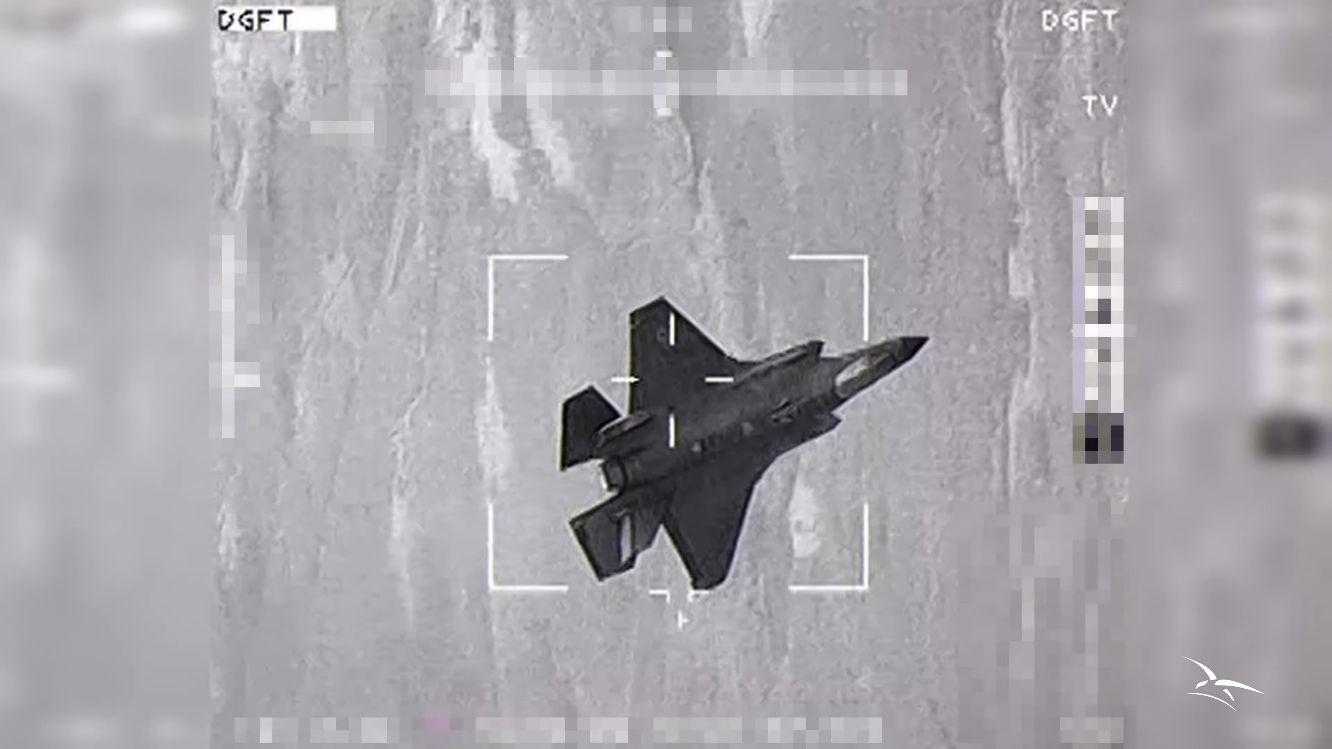
Why the Rafale Looked Good
The Rafale is built for agility. Its twin Snecma M88 engines, delta-wing design, and advanced SPECTRA electronic warfare suite make it exceptionally nimble in within-visual-range (WVR) combat. In tight-turning, high-energy fights, the Rafale can hold its own against almost anything flying.
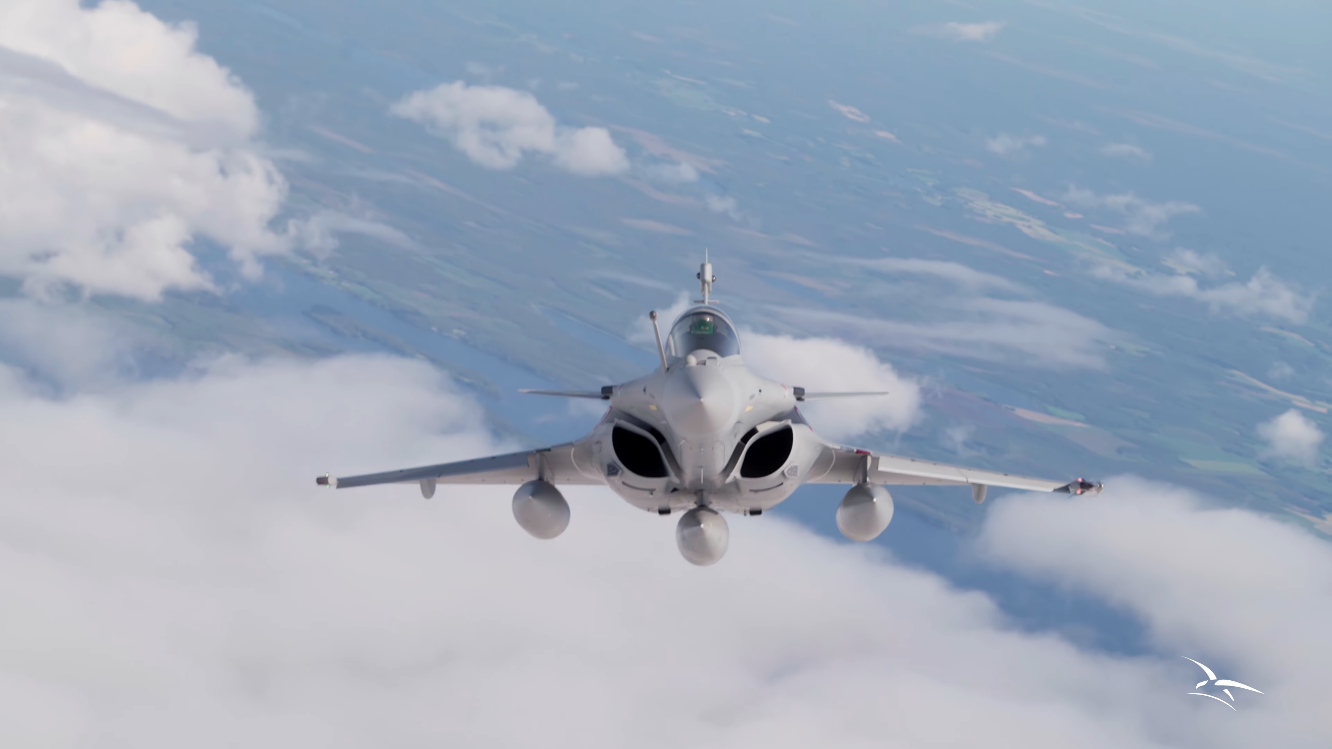
But this kind of fight is not where the F-35 is designed to dominate. Instead, the Lightning II thrives in beyond visual range (BVR) combat, where stealth, long-range sensors, and networked targeting give it a decisive edge. In U.S. Air Force Red Flag wargames, the F-35 has demonstrated a staggering 20:1 kill ratio—one of the highest ever recorded.
Training vs. Reality
Symbolic “kills” in these exercises depend heavily on the rules of engagement and scenario design. Analysts caution against reading too much into them. Dogfights still appear in training, but in modern air combat they are increasingly rare.
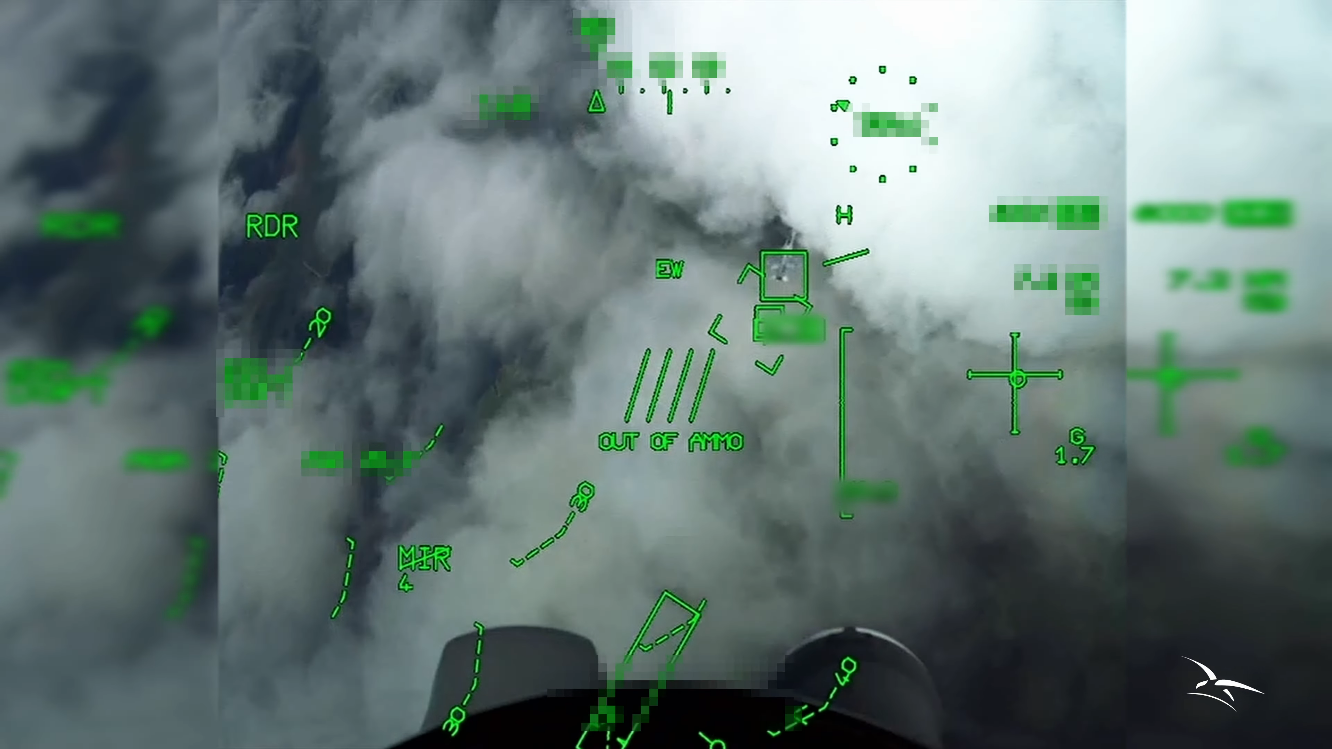
That said, exercises like Atlantic Trident matter. They test pilots in situations they might never face in real combat and help allied air forces sharpen their ability to operate together.
The Bigger Picture
The Rafale’s simulated win highlights its strengths in close combat, while the F-35’s true advantage lies in stealth and long-range engagement. Rather than competitors, the two aircraft can be seen as complementary. One excels in agility and versatility, the other in information dominance and survivability.
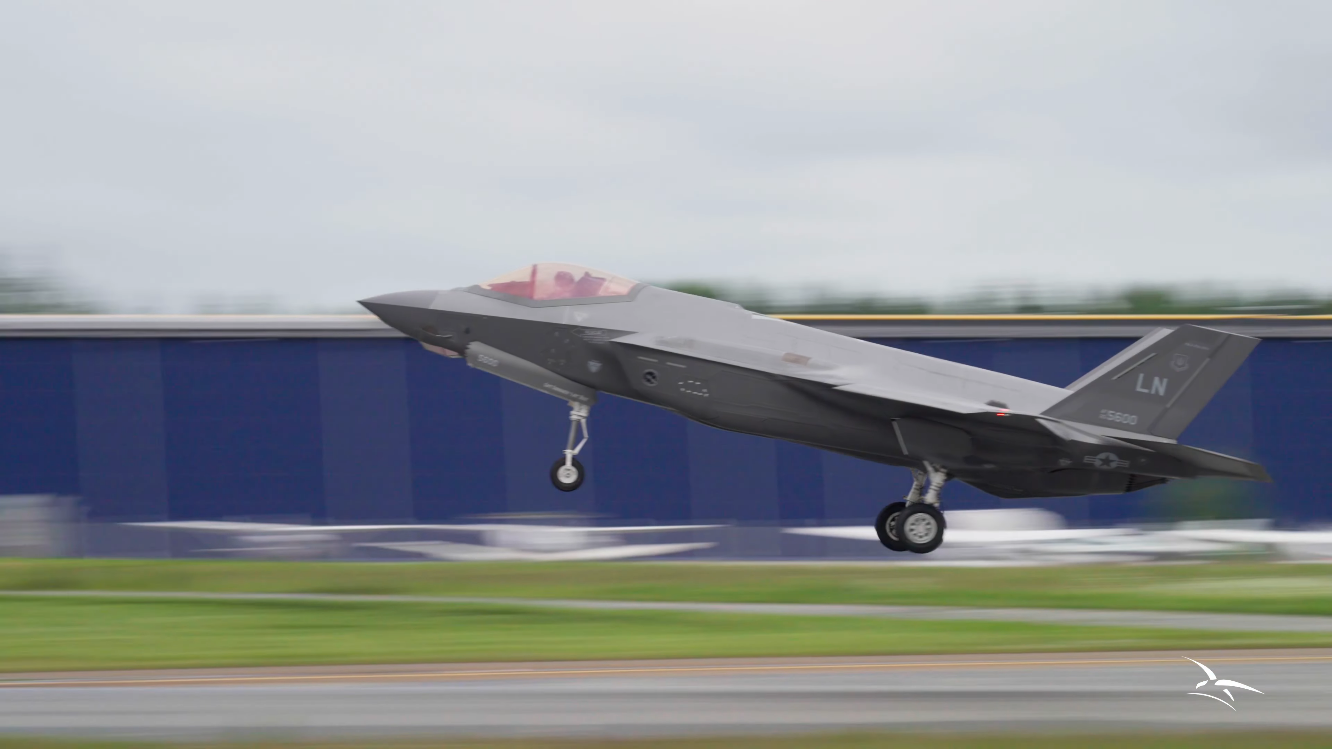
So yes, the Rafale “shot down” an F-35—but only under scripted conditions. In the real world, the F-35 remains one of the most lethal and survivable jets ever built, while the Rafale continues to prove why it’s one of the world’s finest multirole fighters.














